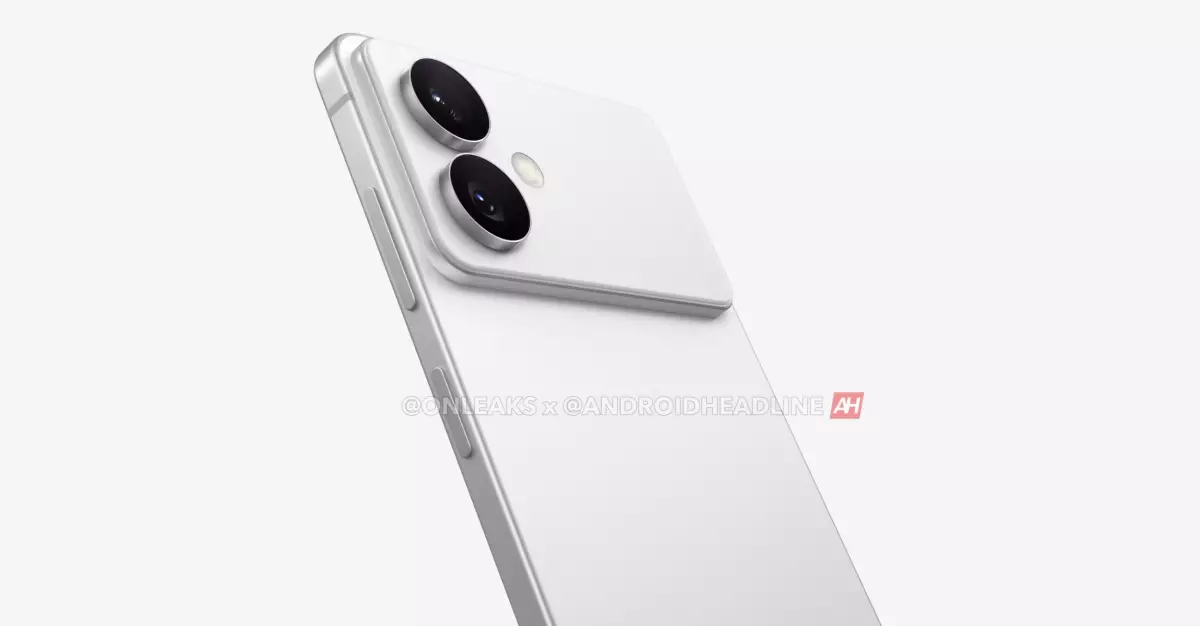Samsung’s latest leak surrounding the Galaxy S26 Edge sparks a fascinating debate about the future trajectory of flagship smartphones. For years, Samsung has been recognized for pushing boundaries—introducing curved displays, innovative camera modules, and sleek, durable designs. However, the rumored design for the S26 Edge hints that the company might be shifting gears toward a more conventional approach, mirroring the aesthetic of Apple’s upcoming iPhone 17 Pro. This move raises compelling questions: Is Samsung ceding the innovation battle, or is this a strategic alignment to consumer preferences?
By showcasing a streamlined silhouette with slim bezels and a revisited rear camera bar, Samsung appears to prioritize refinement over radical change. The renderings, which show a minimalist dual-camera setup in a prominent horizontal strip, seem to echo Apple’s increasingly boxy and clean camera islands, rather than Samsung’s previous bold vertical modules. This signals a possible strategic pivot—adopting a more universally accepted aesthetic that might appeal to a broader audience eager for understated elegance.
Design Parity or Innovation Loss?
The resemblance to Apple’s design language suggests an industry-wide shift towards simplicity and uniformity. Yet, one might question whether Samsung’s move reflects a lack of originality or a calculated response to user demands for consistency. Historically, Samsung has thrived by differentiating itself through unique design elements—so this potential conformity could be interpreted as a missed opportunity for standout innovation.
The leakage also hints that Samsung aims to streamline the device further by reducing its thickness to 5.5mm, potentially making it the slimmest Galaxy yet. While this can sound appealing to users seeking a lightweight, portable device, it also invites skepticism about durability and practicality. Thin designs often compromise battery capacity and robustness, especially when coupled with a prominent camera bump, which adds to the fragility and aesthetic of the device.
Implications for the Industry’s Evolution
The anticipated adoption of built-in magnets and Qi2 charging compatibility suggests Samsung is aligning itself with industry standards rather than pushing the envelope. If these rumors hold true, Samsung might be signaling that the future belongs to seamless wireless charging and minimalist formats, rather than radical design deviations.
But perhaps what’s most interesting is what this indicates about the broader smartphone ecosystem. Are manufacturers converging on a common aesthetic—favoring sleek, boxy, and camera-centric designs—at the expense of distinctive identity? Or is this a pragmatic recognition that consumers now prioritize subtlety and usability over flamboyance? Only time will tell if this design philosophy enhances user experience or stifles innovation.
Samsung’s seemingly conservative design shift for the S26 Edge challenges us to reconsider what we want from our smartphones: bold experimentation or elegant familiarity. As the industry marches forward, the question remains: will this trend foster a new era of understated sophistication or mark the beginning of design homogenization?

